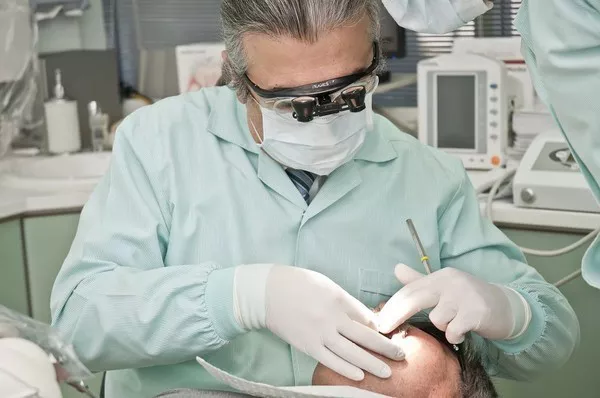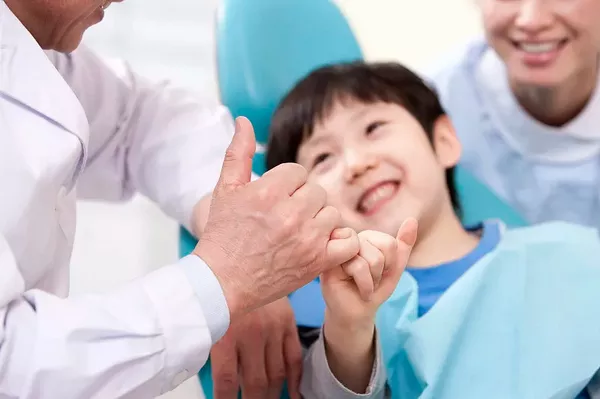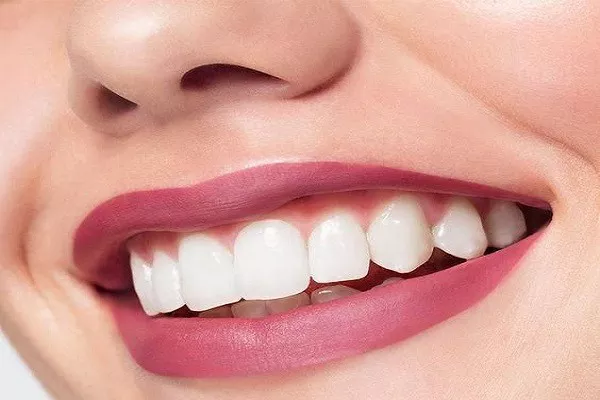In a groundbreaking development, a team of researchers from the UCLA School of Dentistry has unveiled a revolutionary dental implant technology employing ultraviolet (UV) light, marking a significant leap forward after a decade of intensive research.
The researchers assert that this cutting-edge technology boasts accelerated healing times, ‘near-perfect’ osseointegration, and a reduction in complications for patients.
The impetus behind this innovation was the identification of a substantial hurdle in dental implant science. The team discovered that a layer of hydrocarbons naturally accumulates on titanium pellicle implant surfaces, impeding osseointegration and contributing to peri-implantitis in 35-40% of patients.
In response, the researchers developed a novel technique involving the application of UV light treatment to titanium implants for a mere one minute. This treatment effectively eliminates the hydrocarbons, thereby diminishing the risk of complications post-implantation.
Notably, the technology ensures a more adaptable occlusion, reducing the necessity for smaller implant crowns and the overall number of required bridge implants. Furthermore, the UV treatment prompts an ‘unprecedented action’ of the gingival cells, sealing the implants and limiting the possibility of bacterial invasion, consequently mitigating the occurrence of peri-implantitis.
“The possibilities are limitless,” remarks Professor Takahiro Ogawa, who spearheaded the research at UCLA School of Dentistry. He states, “We have entered a new era in implant dentistry. This UV technology not only enhances the efficacy of dental implants but also enhances the quality of life for patients. I am incredibly excited about the potential impact on oral and overall health.”
Ogawa emphasizes the overarching goal of eradicating peri-implantitis and suggests that the use of UV-treated implants may extend beyond dentistry. He posits, “Orthopedic implants, such as hip joint reconstruction and spine fixation, exhibit a high incidence of revision surgery and complications. I believe UV-treated implants will help mitigate them.”
































